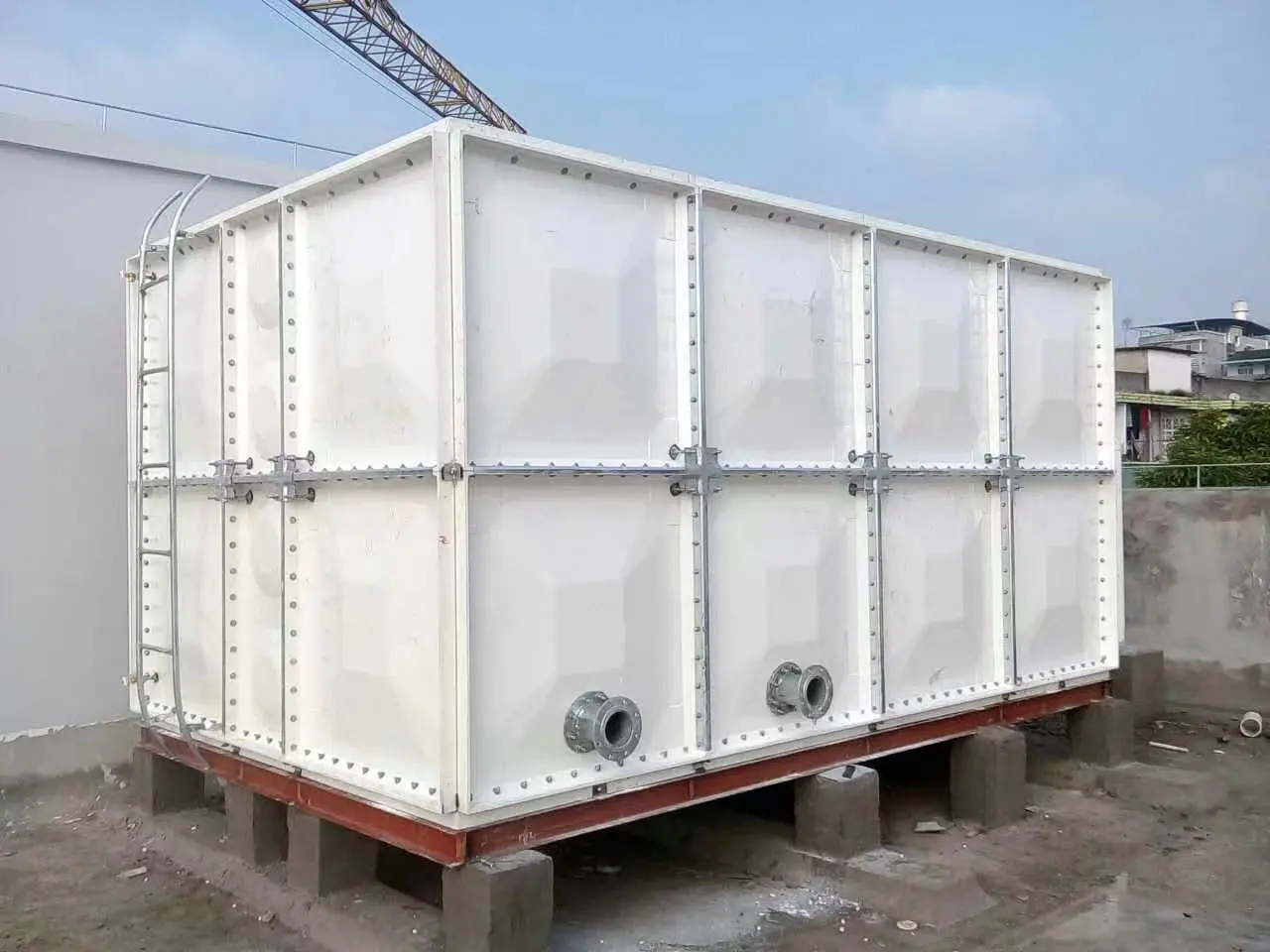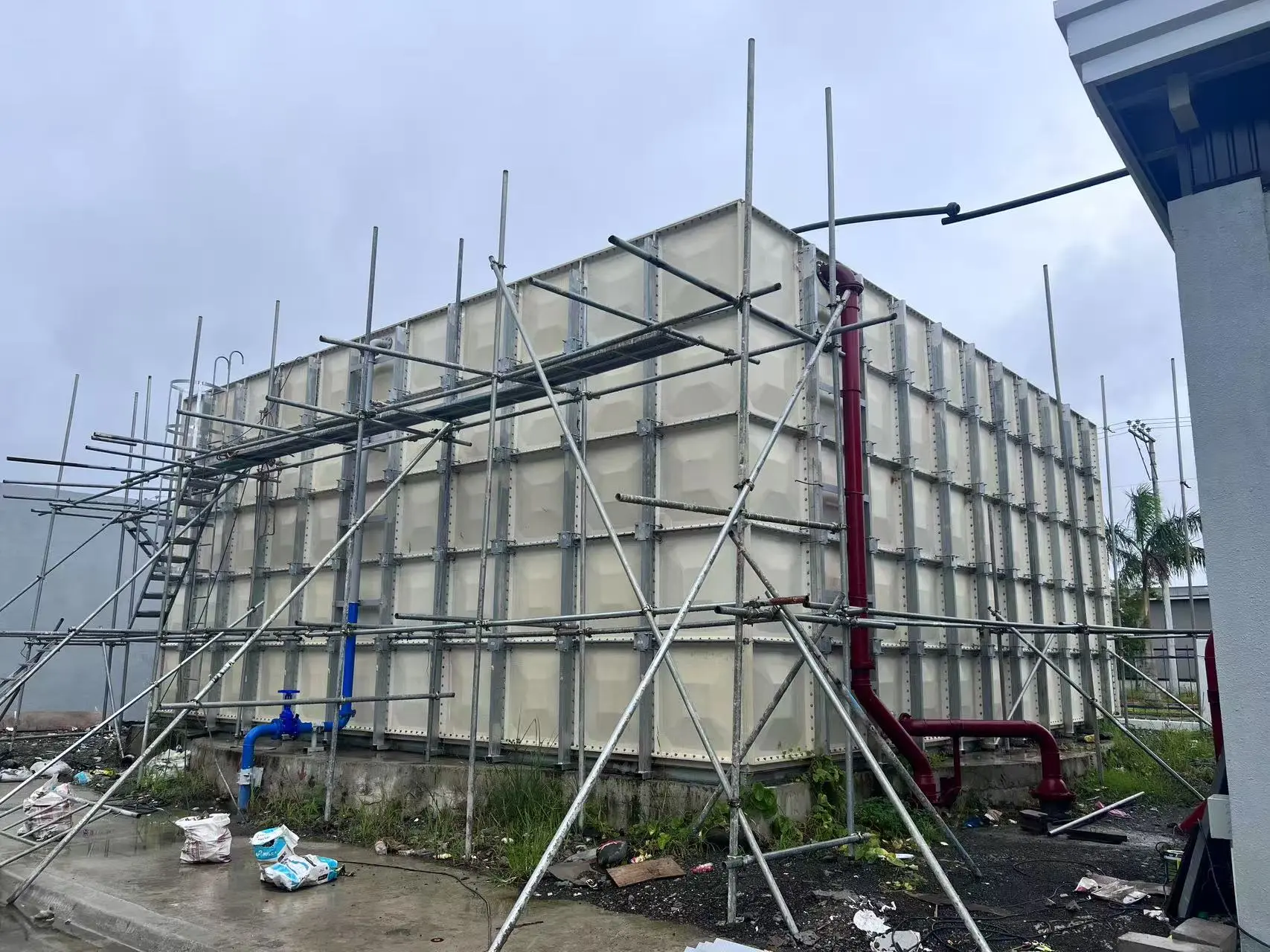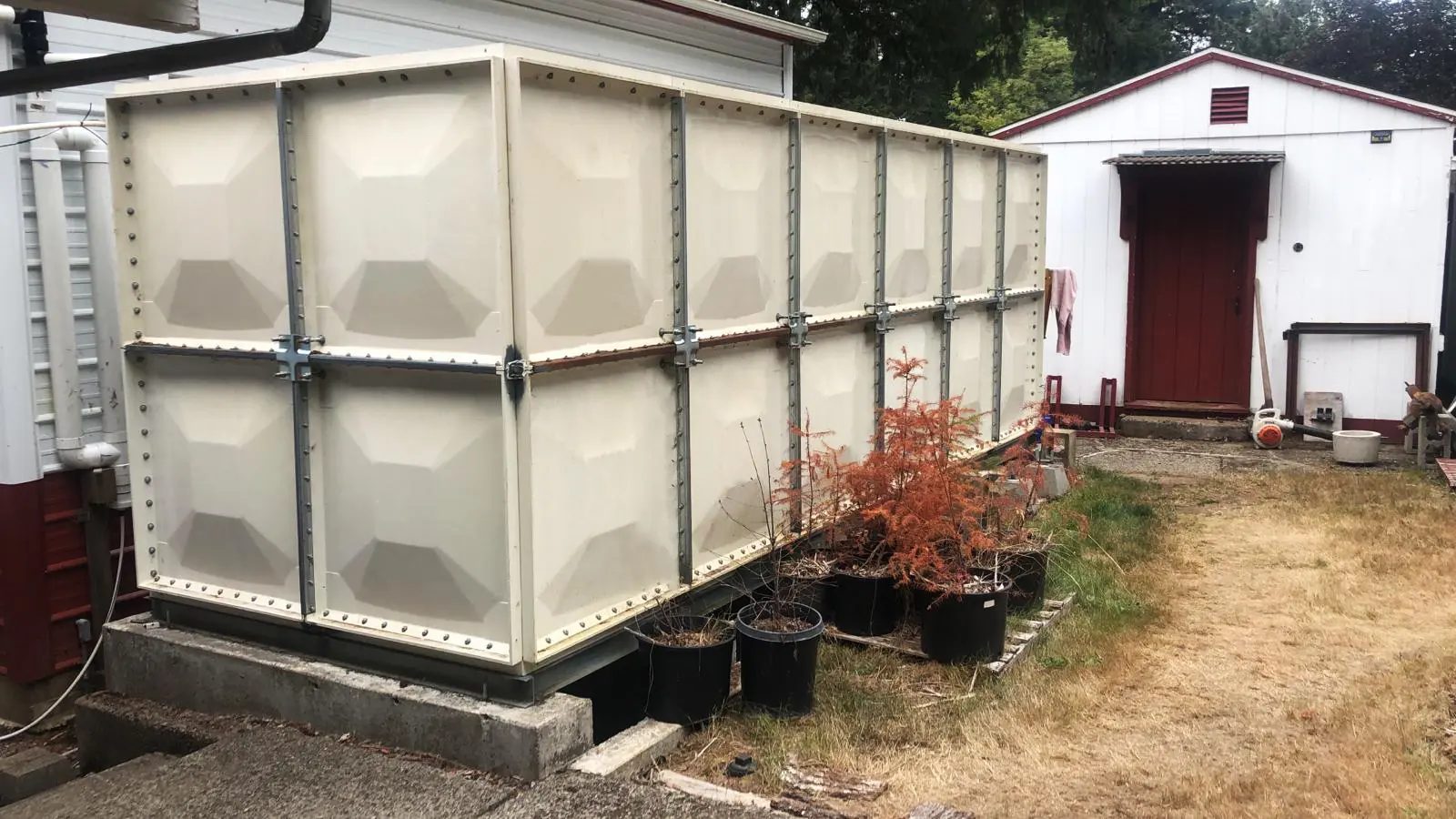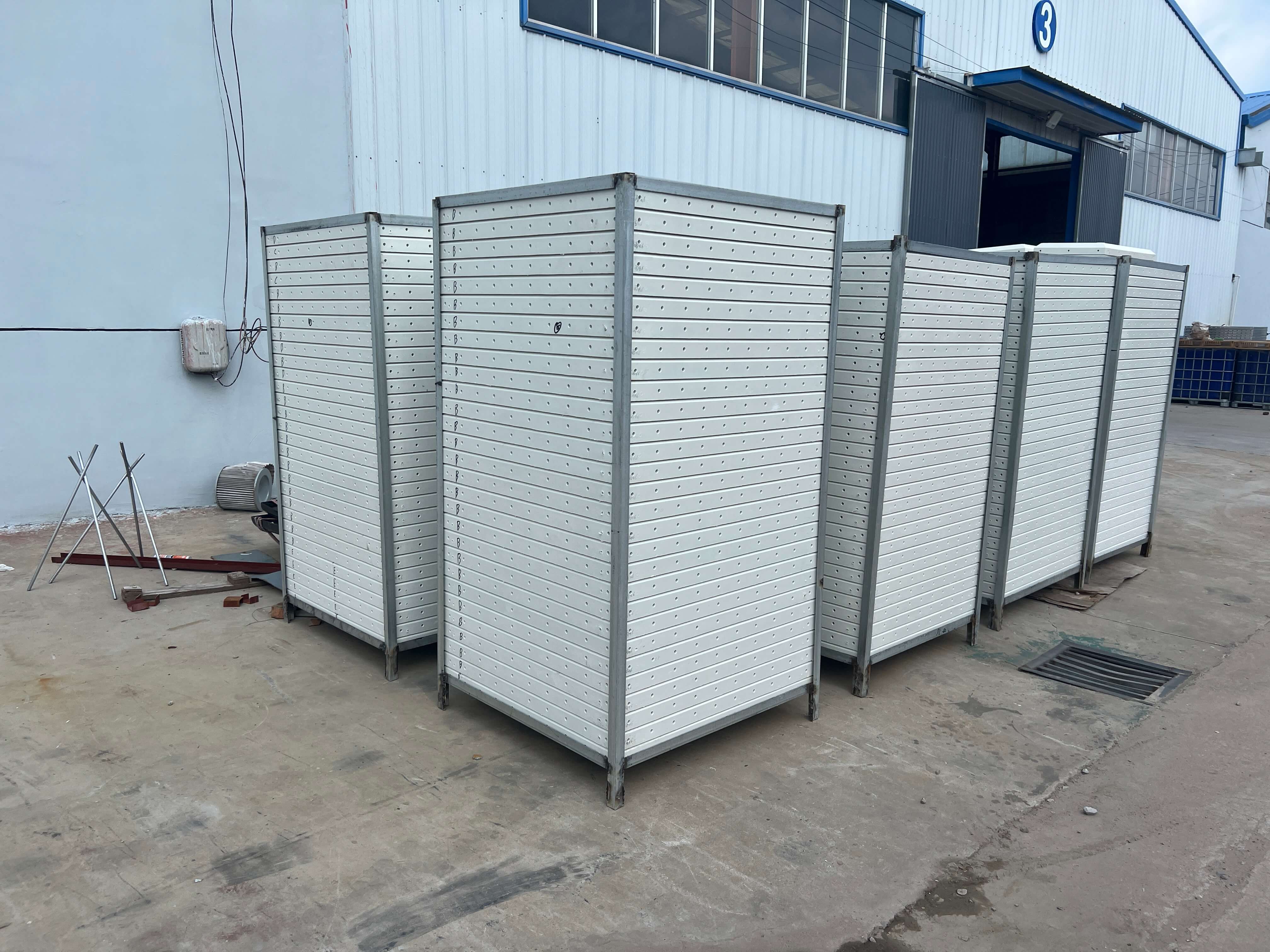Streamlining Industrial Water Storage: On-Site GRP Tank Installation Explained
Water Storage is a critical factor for industrial, municipal, and agricultural operations. For pump distributors, firefighting contractors, irrigation specialists, municipal water authorities, water purifier providers, and pipe suppliers, a well-installed GRP water tank ensures operational efficiency, safety, and long-term reliability. Understandinghow GRP tank installation works on-site can make all the difference in project success.
Why GRP Water Tanks Are Gaining Traction
GRP (Glass Reinforced Plastic) water tanks are engineered to meet modern industrial needs. Key advantages include:
-
Corrosion resistance – Withstands harsh environments and chemical exposure
-
Lightweight modular design – Simplifies shipping, handling, and assembly
-
Safe for potable water – Certified for municipal and industrial standards
-
Durable and low-maintenance – Long lifespan with minimal upkeep
-
Flexible installation options – Can be placed on rooftops, basements, or ground-level foundations
These qualities make GRP tanks ideal for industries where reliability and cost-effectiveness matter most.
Preparing for On-Site Installation
Before assembling a GRP tank, proper preparation is crucial:
-
Site Survey – Check soil stability, accessibility, and drainage
-
Foundation – Construct a level concrete pad or reinforced platform capable of supporting the filled tank
-
Clearances – Ensure sufficient space for assembly, plumbing, and future maintenance
A solid foundation and a well-prepared site minimize risks and guarantee structural integrity.
Step-by-Step On-Site Installation Process
Installing a GRP tank involves modular assembly and precise connections. Here’s the typical workflow:
1. Material Delivery and Inspection
-
Panels, gaskets, bolts, and accessories arrive on-site in flat-packed modules
-
Inspect all components for damage or defects before assembly
2. Panel Assembly
-
Lay the base panels on the prepared foundation
-
Bolt wall panels sequentially, sealing joints with gaskets or silicone
-
Install internal braces and roof panels, including manholes or inspection hatches if needed
3. Plumbing Connections
-
Connect inlets and outlets to pumps, irrigation lines, or municipal supply
-
Install overflow and vent pipes to prevent pressure build-up and water damage
4. Testing and Commissioning
-
Conduct leak and pressure tests
-
Verify that all structural and plumbing components function correctly
Only after passing all checks is the tank ready for operation.

Industrial Applications for GRP Tanks
GRP tanks are versatile and support various industrial functions:
-
Fire Protection – Emergency water storage for industrial and commercial facilities
-
Agricultural Irrigation – Reliable water reserves for farms, greenhouses, and irrigation systems
-
Municipal & Industrial Water Supply – Buffer storage for treatment plants and factory pipelines
-
Water Purification & Treatment – Safe containment for potable or treated water systems
The modular design allows these tanks to be tailored to the specific needs of each project.
Advantages of On-Site GRP Installation
-
Reduced Transport Costs – Flat-packed panels are easier and cheaper to ship
-
Scalable Capacity – Modular design enables custom sizes based on water demand
-
Quick Deployment – Most tanks assemble in 3–7 days with trained technicians
-
Low Maintenance – Resistant to corrosion, UV radiation, and temperature fluctuations
-
Flexible Placement – Suitable for limited spaces without heavy lifting equipment
With these benefits, GRP tanks are a practical and durable choice for modern industrial projects.

Understanding how GRP tank installation works on-siteis essential for B2B buyers and industrial project managers. From proper site preparation to panel assembly, plumbing integration, and commissioning, each step ensures a leak-free, reliable water storage solution. Grp Water Tanks deliver corrosion resistance, lightweight modularity, and low maintenance, making them a cost-effective solution across fire protection, irrigation, municipal supply, and water treatment applications.
FAQs: GRP Tank Installation
Q1: How long does on-site GRP tank assembly typically take?
A: Most modular tanks can be installed within 3–7 days, depending on size and site conditions.
Q2: Can GRP tanks be installed in confined or rooftop spaces?
A: Yes. Their lightweight, modular construction allows safe installation in tight areas with proper structural support.
Q3: What maintenance is required for GRP tanks?
A: Periodic inspections, cleaning every 6–12 months, and checking seal integrity are sufficient.
Q4: Are GRP tanks suitable for potable water and industrial applications?
A: Absolutely. GRP tanks meet industry standards for safe water storage and are compatible with irrigation, firefighting, and municipal water systems.














